Sports injuries vary in severity and recovery time, but sports medicine plays a role in guiding the healing process. Recovery depends on factors like the type of injury, overall health, age, and how well treatment plans are followed. While general timelines offer a guideline, consulting a sports medicine specialist can provide personalized advice tailored to your needs.
Soft Tissue Injuries
Sprains, strains, and bruises are common sports injuries often addressed in sports medicine. These acute soft tissue injuries follow a predictable healing process, though recovery timelines can vary. Factors such as injury severity and location significantly impact the rate of healing.
Mild sprains and strains usually show noticeable improvement within a few days to a week. Pain and swelling tend to decrease during this period, allowing for a gradual return to light activities in one to two weeks. It’s important to avoid overexertion to prevent setbacks during recovery.
Moderate to severe injuries require more time and care. Moderate injuries may take two to four weeks for initial healing and up to six to eight weeks for full recovery, often involving guidance from a healthcare provider. Severe injuries can take several months to heal and typically require rehabilitation programs and close monitoring to support recovery and prevent re-injury.
Bone Injuries and Fractures
Bone injuries differ significantly from soft tissue damage in terms of challenges and healing timelines. The recovery process for fractures depends on factors like the location of the break, its severity, and your body’s natural ability to heal. Smaller bones, such as those in the fingers or toes, typically heal within four to six weeks. During this time, it’s helpful to protect the area, which might require modifying your activities or taking a temporary break from certain exercises.
Larger fractures in weight-bearing bones, such as the tibia or femur, often require more extended recovery periods, typically eight to twelve weeks or more. These injuries may need close monitoring through imaging studies before you’re cleared for full activity. Stress fractures, common in sports like running, are small cracks in the bone that develop gradually and may initially cause mild discomfort. Recovery usually takes six to eight weeks with modified activity, but returning too soon can increase the risk of more serious fractures.
Joint and Ligament Injuries
Joint injuries, especially those involving ligaments, can be challenging to recover from fully. Their complex structure and limited blood flow can lead to longer healing times. Proper care and management are necessary to support a successful recovery.
Minor joint sprains typically heal within two to four weeks with appropriate care. Depending on the joint and the demands of your sport, you can stay somewhat active during this period. Rest, ice, and gentle movement are key to speeding up the healing process.
Moderate ligament injuries usually take six to twelve weeks to heal properly. These cases often benefit from structured rehabilitation, which focuses on strengthening, improving flexibility, and enhancing proprioception. Severe injuries, like complete ACL tears, may need surgery followed by months of rehab, taking up to a year for full recovery.
See a Sports Medicine Professional
Recovering from sports injuries requires active participation to improve outcomes and potentially shorten recovery time. Working with sports medicine physicians and physical therapists provides tailored guidance to help balance rest and activity during the healing process. Staying connected to your sport, such as studying game film or engaging in low-stress activities to maintain fitness, can help preserve your skills and motivation. Setting short-term goals and celebrating minor improvements makes the recovery process more manageable and rewarding.





